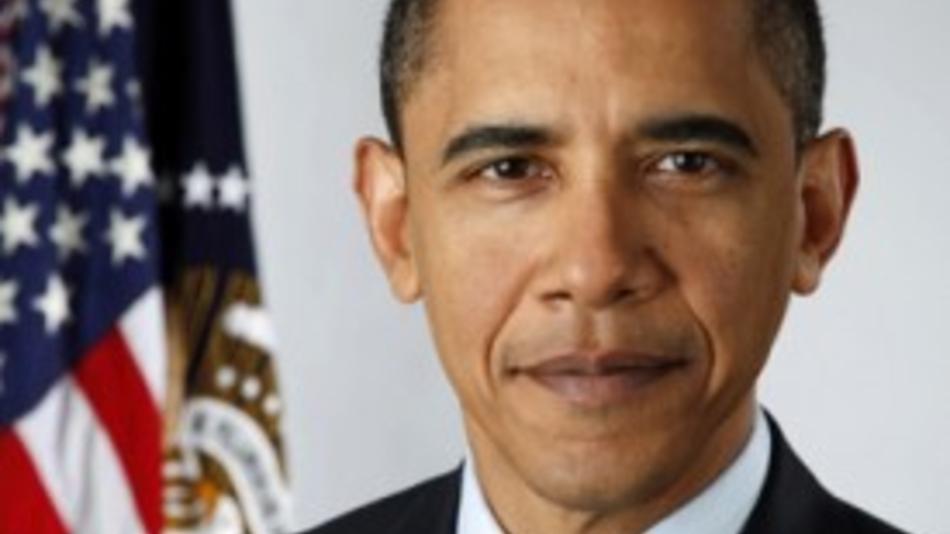
From White House: By the authority vested in me as President by the Constitution and the laws of the United States of America, it is hereby ordered as follows:
Section 1. Policy. Repeated cyber intrusions into critical infrastructure demonstrate the need for improved cybersecurity. The cyber threat to critical infrastructure continues to grow and represents one of the most serious national security challenges we must confront. The national and economic security of the United States depends on the reliable functioning of the Nation’s critical infrastructure in the face of such threats. It is the policy of the United States to enhance the security and resilience of the Nation’s critical infrastructure and to maintain a cyber environment that encourages efficiency, innovation, and economic prosperity while promoting safety, security, business confidentiality, privacy, and civil liberties. We can achieve these goals through a partnership with the owners and operators of critical infrastructure to improve cybersecurity information sharing and collaboratively develop and implement risk-based standards.
Sec. 2. Critical Infrastructure. As used in this order, the term critical infrastructure means systems and assets, whether physical or virtual, so vital to the United States that the incapacity or destruction of such systems and assets would have a debilitating impact on security, national economic security, national public health or safety, or any combination of those matters.
Sec. 3. Policy Coordination. Policy coordination, guidance, dispute resolution, and periodic in-progress reviews for the functions and programs described and assigned herein shall be provided through the interagency process established in Presidential Policy Directive-1 of February 13, 2009 (Organization of the National Security Council System), or any successor. . . .
Sec. 4. Cybersecurity Information Sharing. (a) It is the policy of the United States Government to increase the volume, timeliness, and quality of cyber threat information shared with U.S. private sector entities so that these entities may better protect and defend themselves against cyber threats. Within 120 days of the date of this order, the Attorney General, the Secretary of Homeland Security (the "Secretary"), and the Director of National Intelligence shall each issue instructions consistent with their authorities and with the requirements of section 12(c) of this order to ensure the timely production of unclassified reports of cyber threats to the U.S. homeland that identify a specific targeted entity. The instructions shall address the need to protect intelligence and law enforcement sources, methods, operations, and investigations. . . .
Sec. 7. Baseline Framework to Reduce Cyber Risk to Critical Infrastructure. (a) The Secretary of Commerce shall direct the Director of the National Institute of Standards and Technology (the "Director") to lead the development of a framework to reduce cyber risks to critical infrastructure (the "Cybersecurity Framework"). The Cybersecurity Framework shall include a set of standards, methodologies, procedures, and processes that align policy, business, and technological approaches to address cyber risks. The Cybersecurity Framework shall incorporate voluntary consensus standards and industry best practices to the fullest extent possible. . . .
Sec. 8. Voluntary Critical Infrastructure Cybersecurity Program. (a) The Secretary, in coordination with Sector-Specific Agencies, shall establish a voluntary program to support the adoption of the Cybersecurity Framework by owners and operators of critical infrastructure and any other interested entities (the "Program"). . . .
Sec. 9. Identification of Critical Infrastructure at Greatest Risk. (a) Within 150 days of the date of this order, the Secretary shall use a risk-based approach to identify critical infrastructure where a cybersecurity incident could reasonably result in catastrophic regional or national effects on public health or safety, economic security, or national security. In identifying critical infrastructure for this purpose, the Secretary shall use the consultative process established in section 6 of this order and draw upon the expertise of Sector-Specific Agencies. The Secretary shall apply consistent, objective criteria in identifying such critical infrastructure. The Secretary shall not identify any commercial information technology products or consumer information technology services under this section. The Secretary shall review and update the list of identified critical infrastructure under this section on an annual basis, and provide such list to the President, through the Assistant to the President for Homeland Security and Counterterrorism and the Assistant to the President for Economic Affairs. . . .
Excerpts from President Barack Obama’s Executive Order — Improving Critical Infrastructure Cybersecurity. (photo: Mashable)
Image: mashable%202%2013%2013%20Obama.jpg
